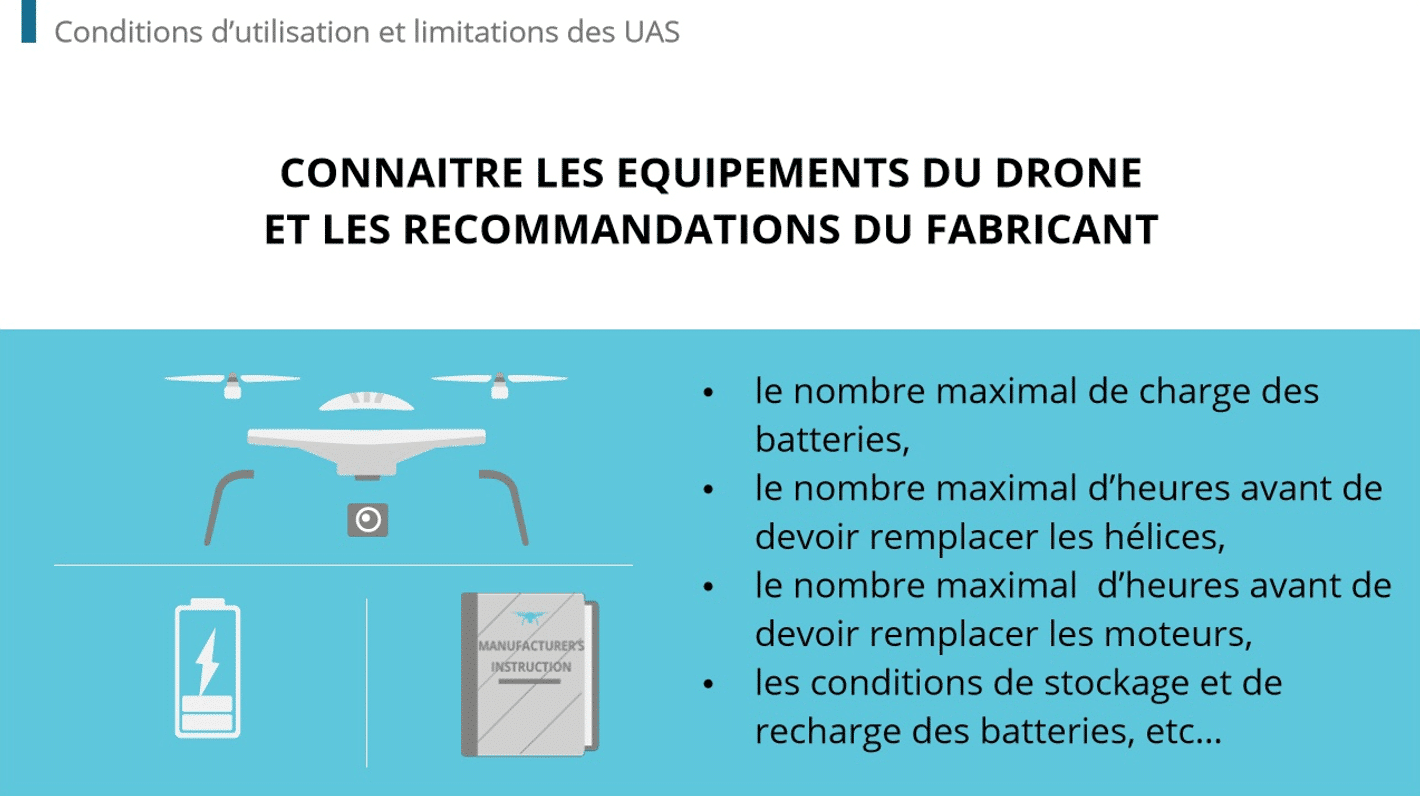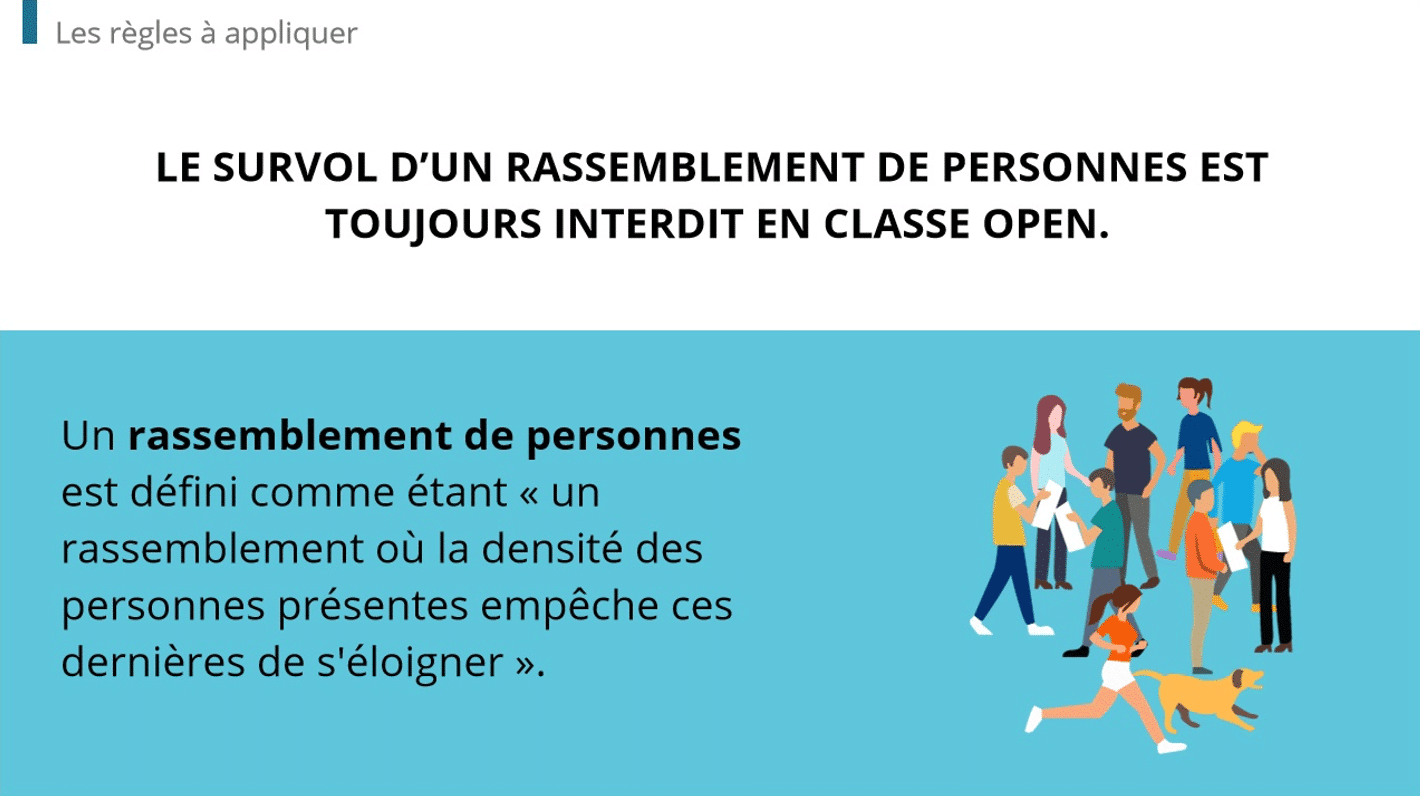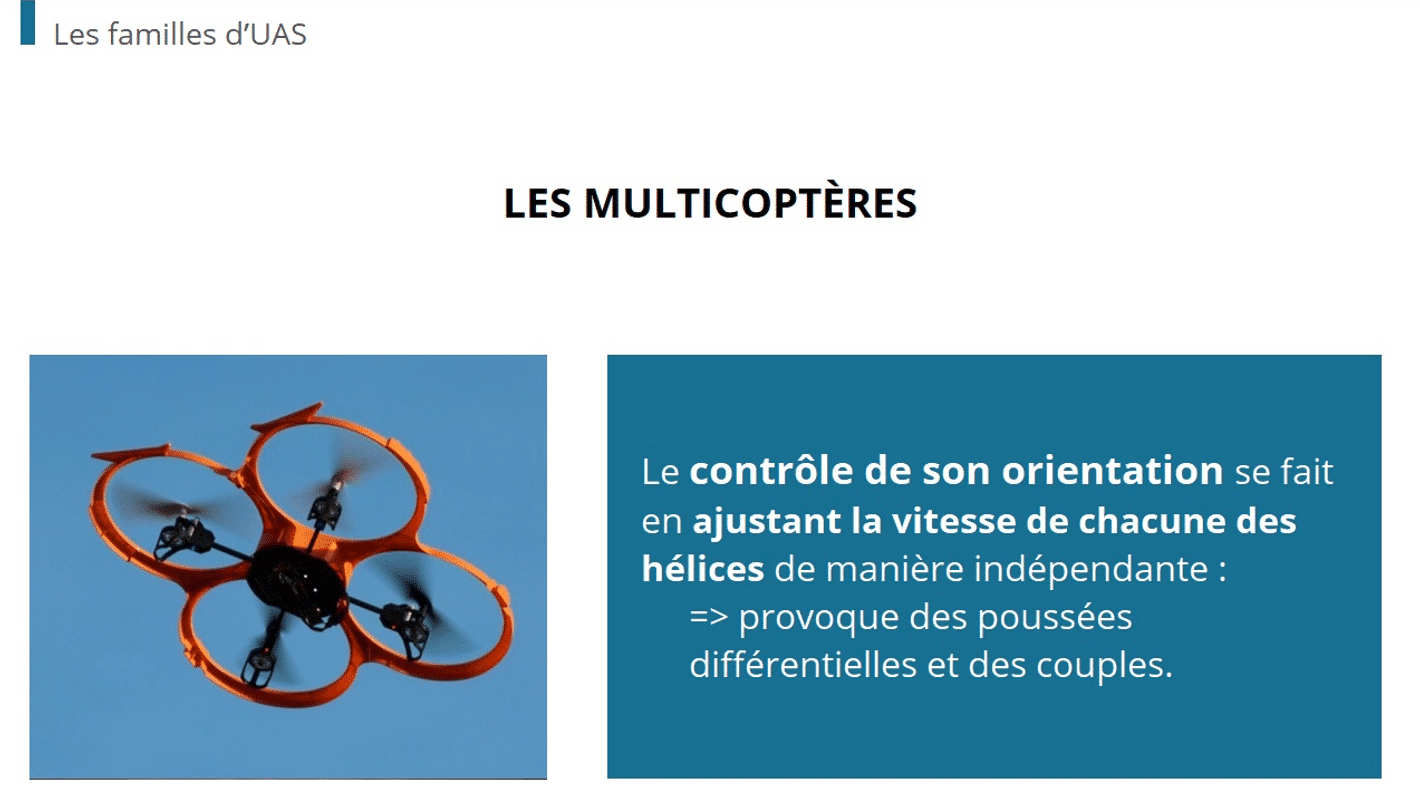70%, that is the percentage of Americans who say that workplace harassers and abusers are more likely to be held accountable today than in 2017 According to Pew Research Center, 62% think also that accusers are more likely to be trusted. An important survey just ahead of #MeToo ’s five-year anniversary.
But instances like harassment and overt discrimination are all too common in the workplace. No industry is immune. What makes these instances even more unfortunate is that there is often a coworker that witnesses the event but chooses to remain silent. This is a classic example of the bystander effect. How can you encourage employees to come forward to report workplace maleficence?
What is the bystander effect?
The bystander effect refers to a human tendency in which people fail to intervene to stop an act of wrongdoing.
The term is rooted in a tragic origin. It began in New York in 1964 when local woman Kitty Genovese was assaulted by a knife-wielding assailant on her way home from work. Despite the woman pleading for help and dozens of bystanders and witnesses, not a single person offered help or even called the police. Genovese died as a result of the attack. In the ensuing years, various researchers have studied the phenomena to understand why people fail to act and do the right thing.
Why do people not intervene?
One notable observation from researchers is that the more witnesses there are, the less likely any of the witnesses are to intervene. So why do people choose to do nothing? There is a combination of factors involved, such as:
- People believe that one or more of the other witnesses will eventually get involved, hence the responsibility doesn’t lie solely on them.
- People believe they’re misrepresenting what they’re witnessing (i.e., the sound of screams is really just a couple quarrelling).
- People are hesitant to get involved in situations that could jeopardize their own safety or cause them great inconvenience.
Bystander effect in the workplace
Unfortunately, the bystander effect isn’t limited to people witnessing a crime happening in the streets. There are countless instances of employees witnessing wrongdoing in the workplace and choosing to remain silent. This is also known as workplace complicity. The wrongdoing may include but is not limited to:
- Blatant discrimination
- Sexual harassment or bullying
- Favouritism
- Theft of money or other company resources
- Disregard for safety protocol
Apart from the above, the UK’s Health and Safety Executive reported 739,000 incidents in 2019 of workplace harassment/bullying that resulted in physical violence.
Employees may be hesitant to speak up for the same reasons as someone witnessing a crime. That is, they may rationalise that there’s more to the story than what they’re witnessing at the moment. Likewise, they may fear getting involved will put their own job security at risk. Finally, some employees have witnessed such events so often that they have come to perceive it as normal office culture. In some cases, there may also be a lack of procedural training that outlines the steps to take in such a scenario.
How to get employees to look after one another
The ideal employee doesn’t just perform good work but also does the right thing morally. Nevertheless, it’s understandable why some employees elect not to intervene. As we learned from the bystander effect, there’s a large psychological component that keeps people from stepping up. Here are ways you can encourage employees to report or confront wrongdoing in the office.
1. Allow employees to report anonymously
One of the biggest reasons employees stay silent is that they don’t want to be known in the office as “the person who snitched.” Eliminate this excuse by enabling a means to report incidents anonymously. Similarly, you can implement an internal whistleblower hotline where employees can report without disclosing their identity.
2. Conduct exit interviews
Conduct an exit interview for employees leaving the company. Inquire whether they witnessed any wrongdoing during their tenure. If they answered in the affirmative, include follow-up questions. Ask them what factors would have to be in place to prompt them to take action. Exiting employees may be more inclined to be truthful about what they’ve witnessed during their tenure. After all, they can no longer face any reprisals.
3. Implement a no-retaliation policy
Include a company clause that protects employees against any retaliatory acts by management. Outline the specific policies that protect whistleblowers. For example, you can include a clause that states that any disciplinary acts by higher-ups will be reviewed and reversed if they were deemed to be out of retaliation.
4. Provide multiple methods of reporting
Some employees may not be comfortable with certain means of reporting. They may fear, for example, that their voice can be identified through a phone call. Similarly, they may feel an email can be traced back to them if the company account gets hacked into. Enable various means for employees to make a report, which can include:
- Company and private emails
- Whistleblower hotline
- Traditional mail
- Private social media messages
- Suggestion/comment box in the office
- Face-to-face contact with staff or management through an open-door policy
Dokeos LMS makes anti-harassment training program easy to create
The truth is that it takes courage for people to come forward. While no implementation can guarantee employees will always step up, you can take active measures to make them less likely to turn a blind eye. With Dokeos LMS (learning management system,) easily manage employee messages as they come in real time.
Dokeos offers a sophisticated, highly functional platform to help you build a tailored inclusion and anti-harassment training program. Our LMS will take you through a simple step-by-step building process so that you can get up and running in no time. With Dokeos LMS, create training and courses that ensure new and seasoned employees alike apply their training to the highest professional standards.Sign up for a free trial today!








































